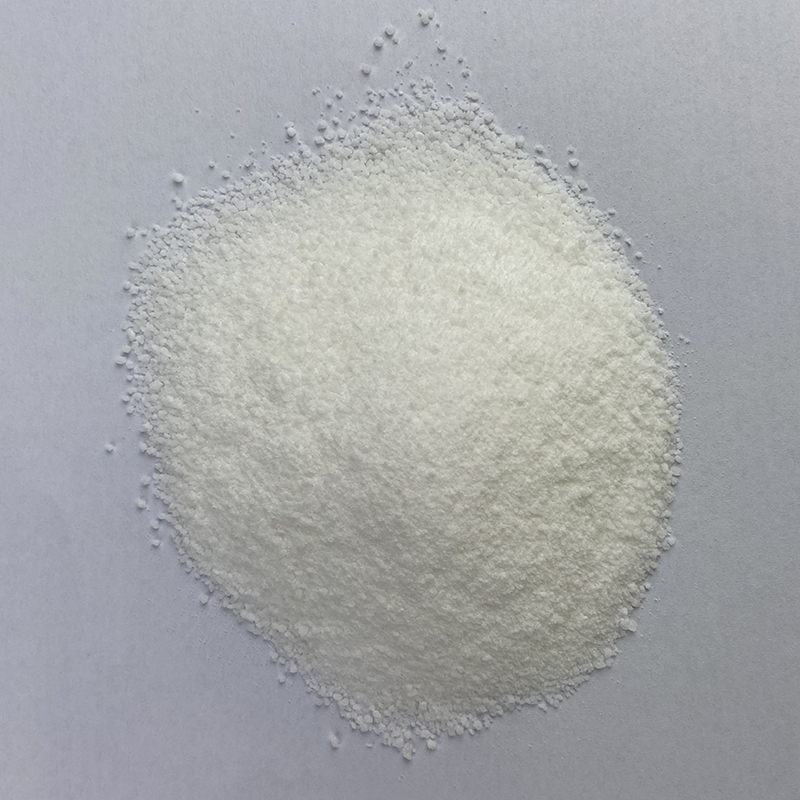-
Categories
-
Pharmaceutical Intermediates
-
Active Pharmaceutical Ingredients
-
Food Additives
- Industrial Coatings
- Agrochemicals
- Dyes and Pigments
- Surfactant
- Flavors and Fragrances
- Chemical Reagents
- Catalyst and Auxiliary
- Natural Products
- Inorganic Chemistry
-
Organic Chemistry
-
Biochemical Engineering
- Analytical Chemistry
- Cosmetic Ingredient
-
Pharmaceutical Intermediates
Promotion
ECHEMI Mall
Wholesale
Weekly Price
Exhibition
News
-
Trade Service
Management of thyroid disease in diabetic patients
Summary of the best evidence
The timely identification and correct treatment of nail disease is of great significance to the prevention of foot ulcers in diabetic patients, but at present, the understanding of clinical medical staff on diabetes patients is generally insufficient, and China still lacks evidence-based evidence for
the management of diabetes patients.
This study searched for clinical decisions, guidelines and expert consensus related to the management of thyroid disease in diabetic patients, and summarized the best evidence for the management of thyroid disease in diabetic patients through analysis, involving three aspects: assessment content, treatment methods and health education, which can provide evidence-based evidence for medical staff to provide evidence-based evidence
for the early assessment and treatment of nail disease in diabetic patients.
This study was retrieved prior to 2021-12-06 in BMJ Best Practice, UpToDate, WHO website, International Guidelines Collaboration Network, UK National Institute for Health and Care Excellence website, National Guide Database, Ontario Nursing Association of Canada, Scottish Intercollegiate Guide Network, New Zealand Guide Collaboration Network, Yimaitong, JBI Evidence-Based Health Care Center, PubMed, Embase, CINAHL, CNKI, The quality of clinical decisions, guidelines, systematic reviews, and expert consensus related to the management of thyroid diseases in diabetic patients on the Wanfang Data Knowledge Service Platform was evaluated for quality evaluation, and the evidence was graded according to the JBI evidence-based health care center evidence pre-grading system (2016 edition) to summarize
the best evidence.
Finally, a total of 8 articles were included, including 1 clinical decision-making, 4 guidelines, and 3 expert
consensuses.
The basic characteristics of the included literature are shown in Table 1
.
Table 1 Basic characteristics of the included literature
Note: IWGDF=International Diabetic Foot Task Force, NGC=National Guideline, NICE = National Institute for Health and Care Excellence
Through the extraction, classification and synthesis of literature, a total of 9 best pieces of evidence were summarized around three aspects: assessment content, treatment methods and health education, of which 5 evidence was grade A recommendation and 4 evidence was level B recommendation (Table 2).
Table 2 Summary of the best evidence for the management of nail disease in patients with diabetes
:check_mark: Research Tips:
(1) Nail disease is an important predictor of diabetic foot and needs to be identified and treated
as soon as possible.
(2) Patients should trim their toenails correctly (Figure 1) to reduce the risk of infection and thus prevent the occurrence
of diabetic foot ulcers.
(3) Professionals should regularly conduct health education
on toenail care for diabetic patients.
Fig.
1 Schematic diagram of toenail trimming
:check_mark: Research Recommendations:
(1) Relevant medical staff can integrate toenail care and foot care content, and simultaneously conduct health education
for patients.
(2) Diabetic patients A disease clinic
can be opened in community hospitals.
brief summary
This study summarizes the best evidence on the management of nail disease in patients with diabetes, and provides a theoretical basis
for the development of specialized nursing practice in this field.
Since most of the collected evidence comes from abroad, taking into account regional and cultural differences, it is recommended that the best evidence suitable for the local clinical context should be screened out in a targeted manner in the process of evidence application, such as the clinical context, the promotion and hindrance factors of medical staff applying evidence, and the willingness of diabetic patients, so as to formulate a management plan
for A disease that is more in line with the individual situation of diabetic patients.







